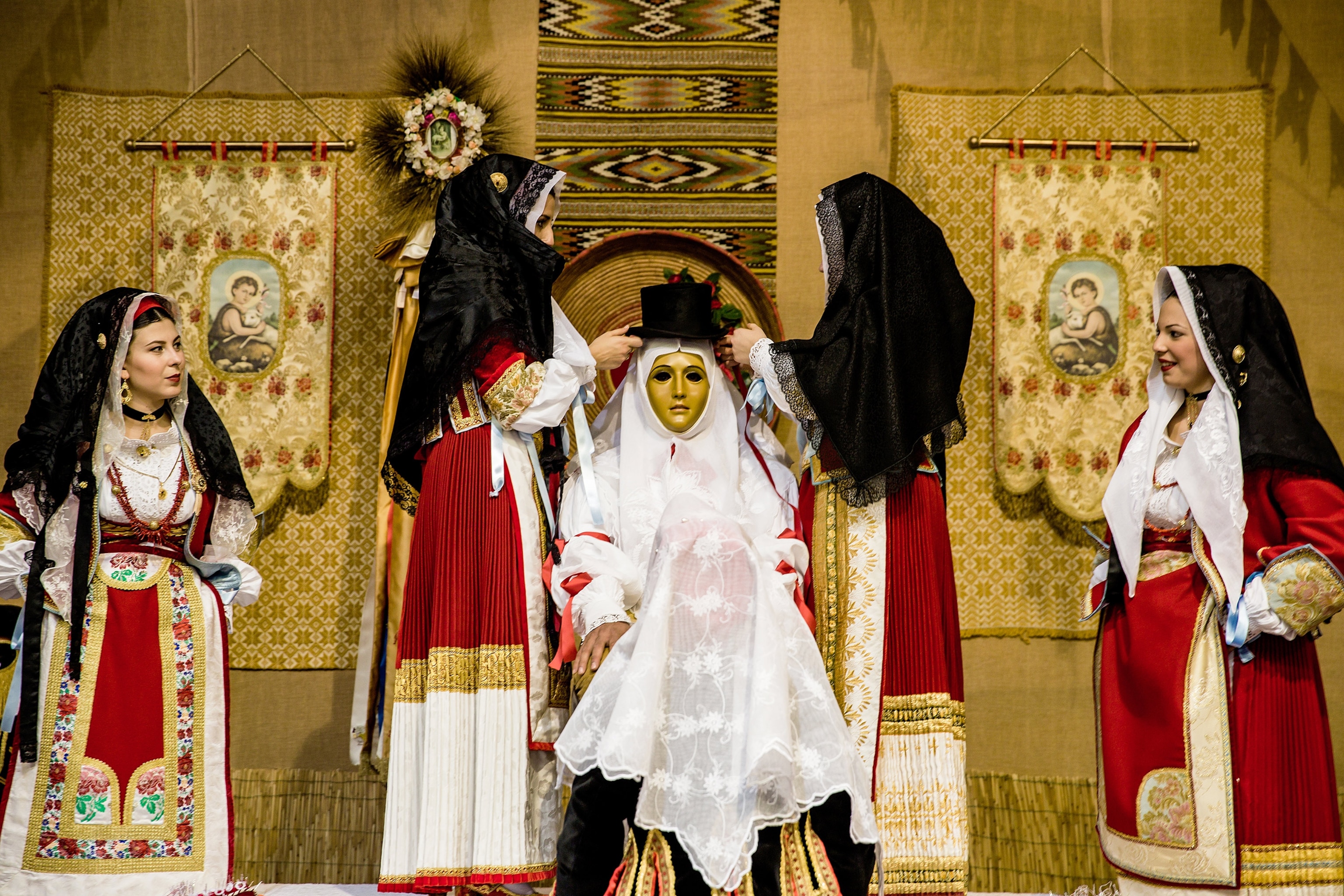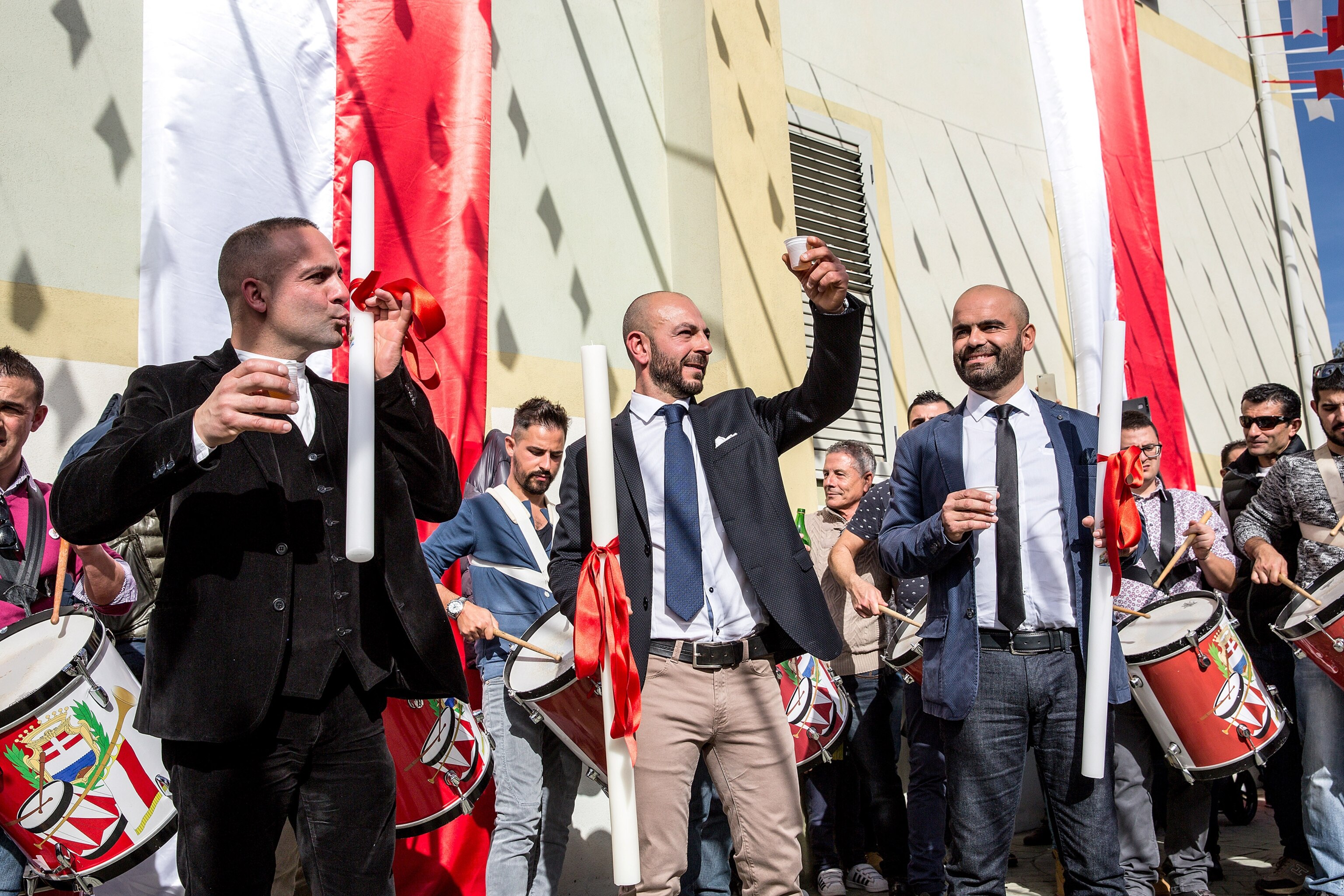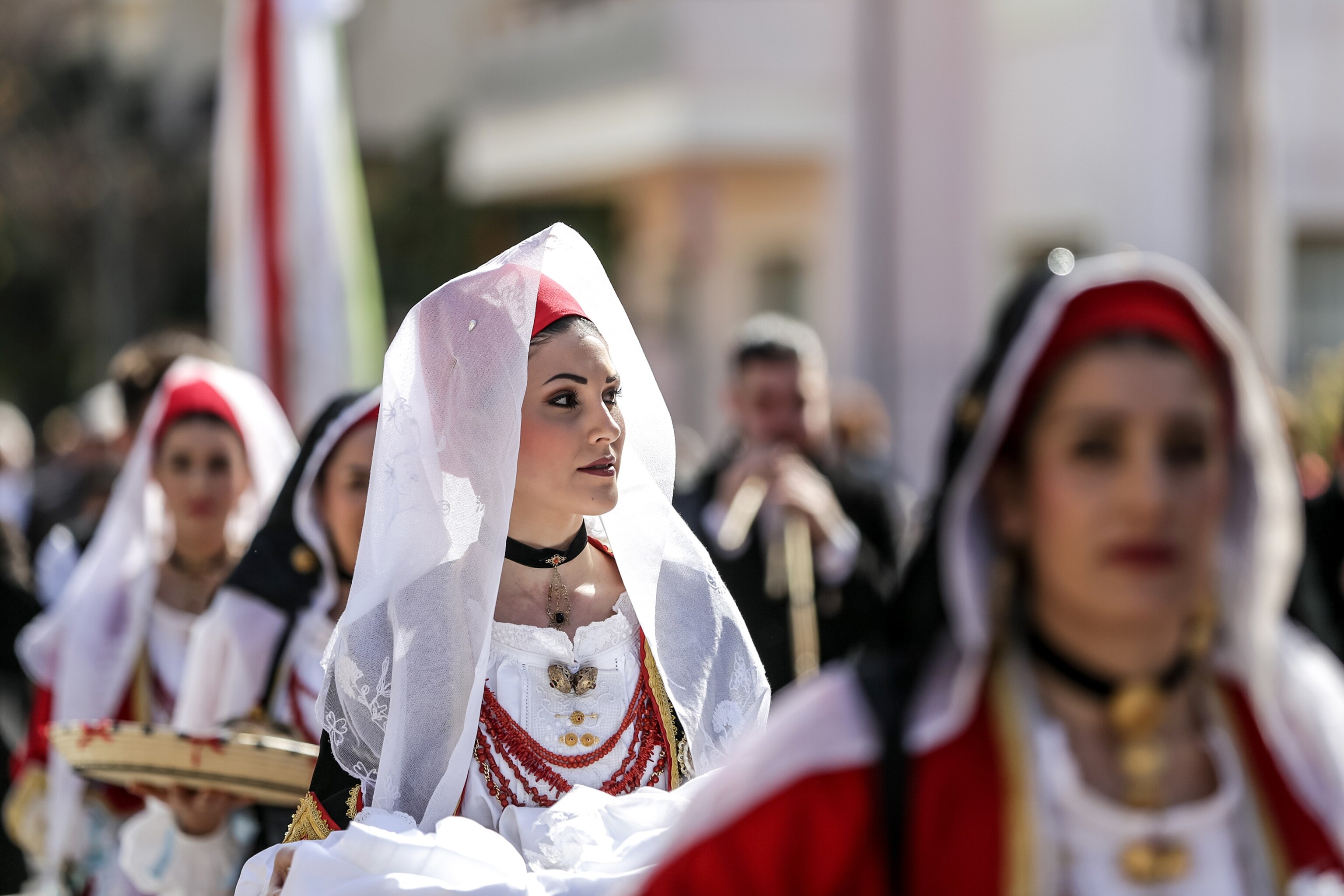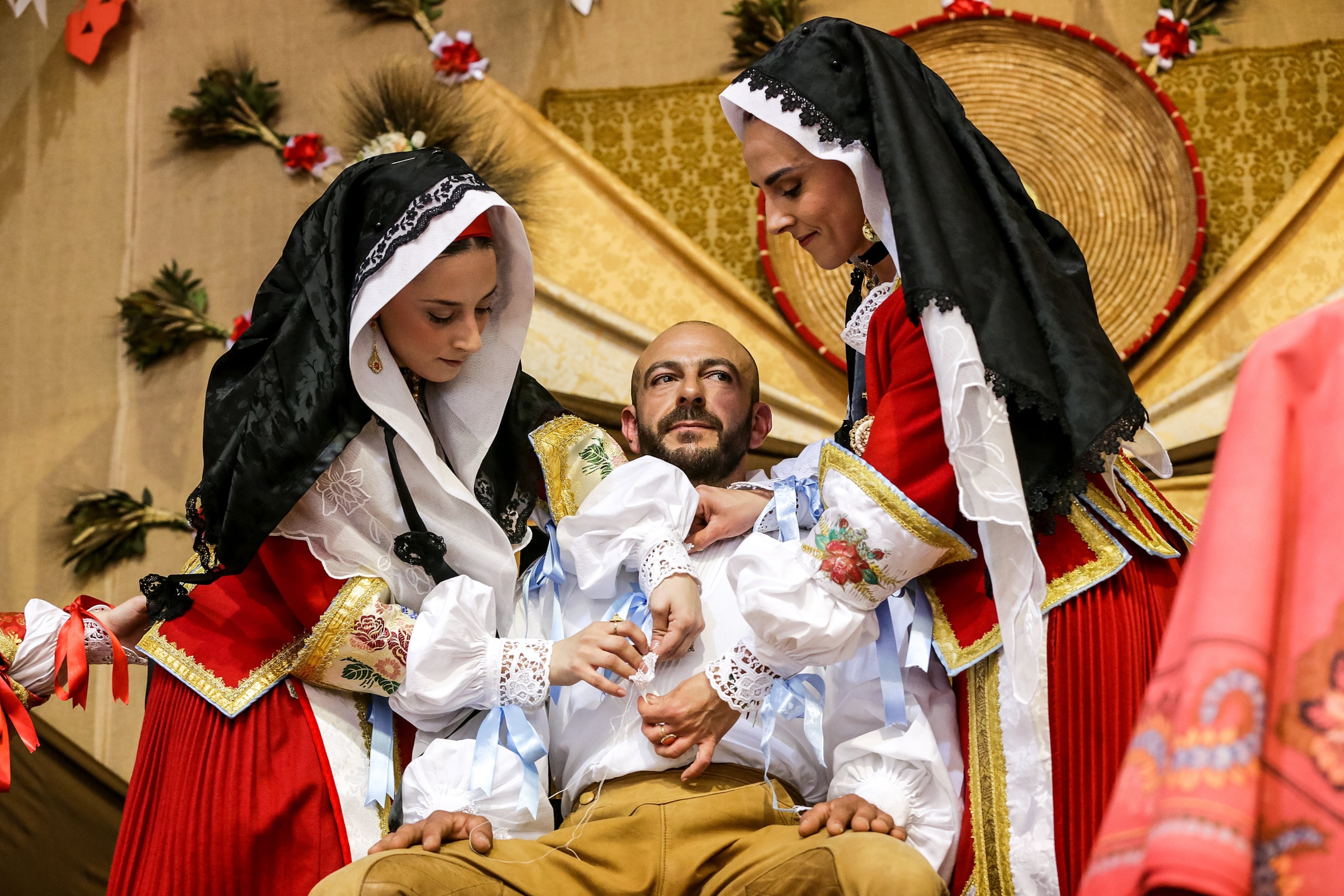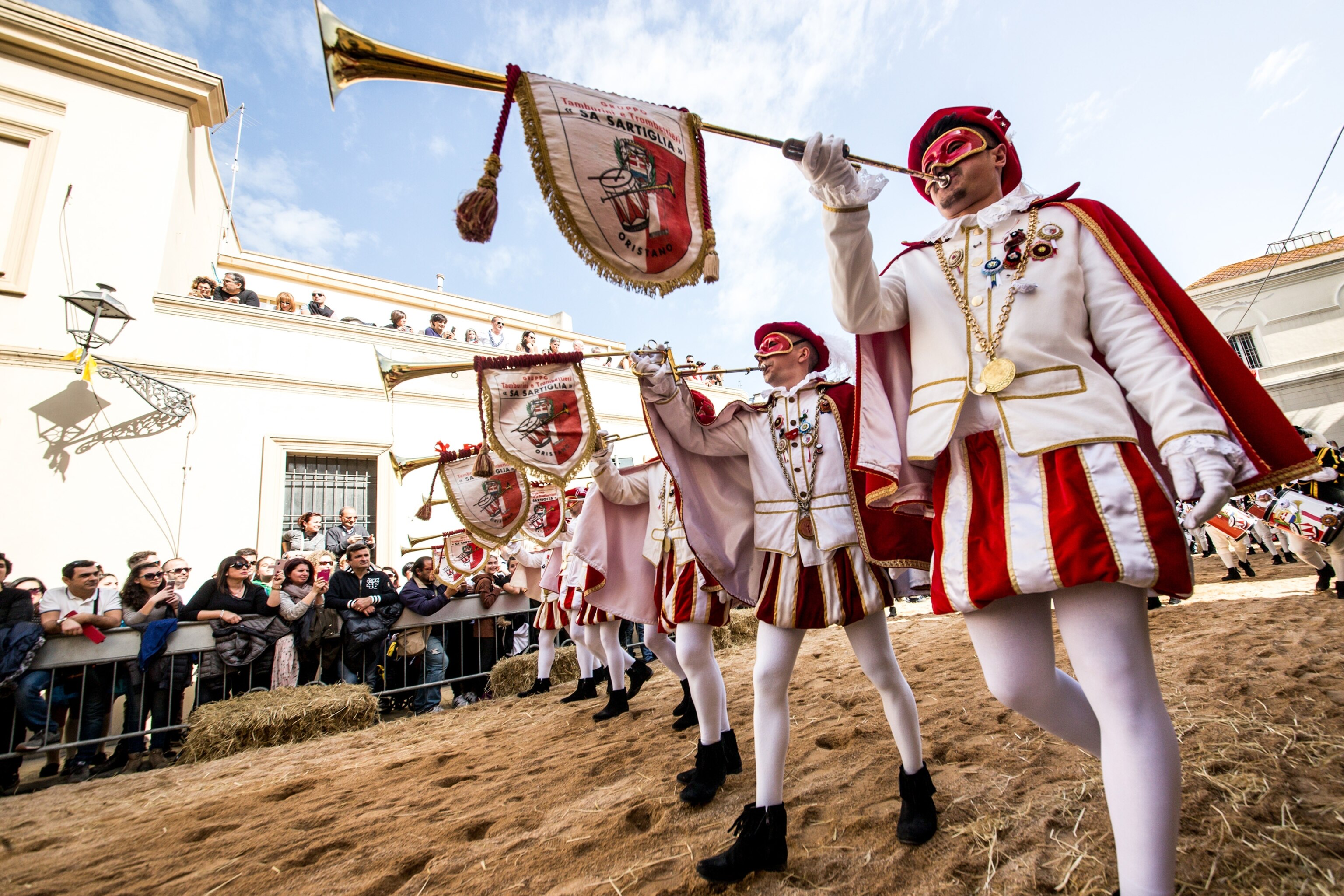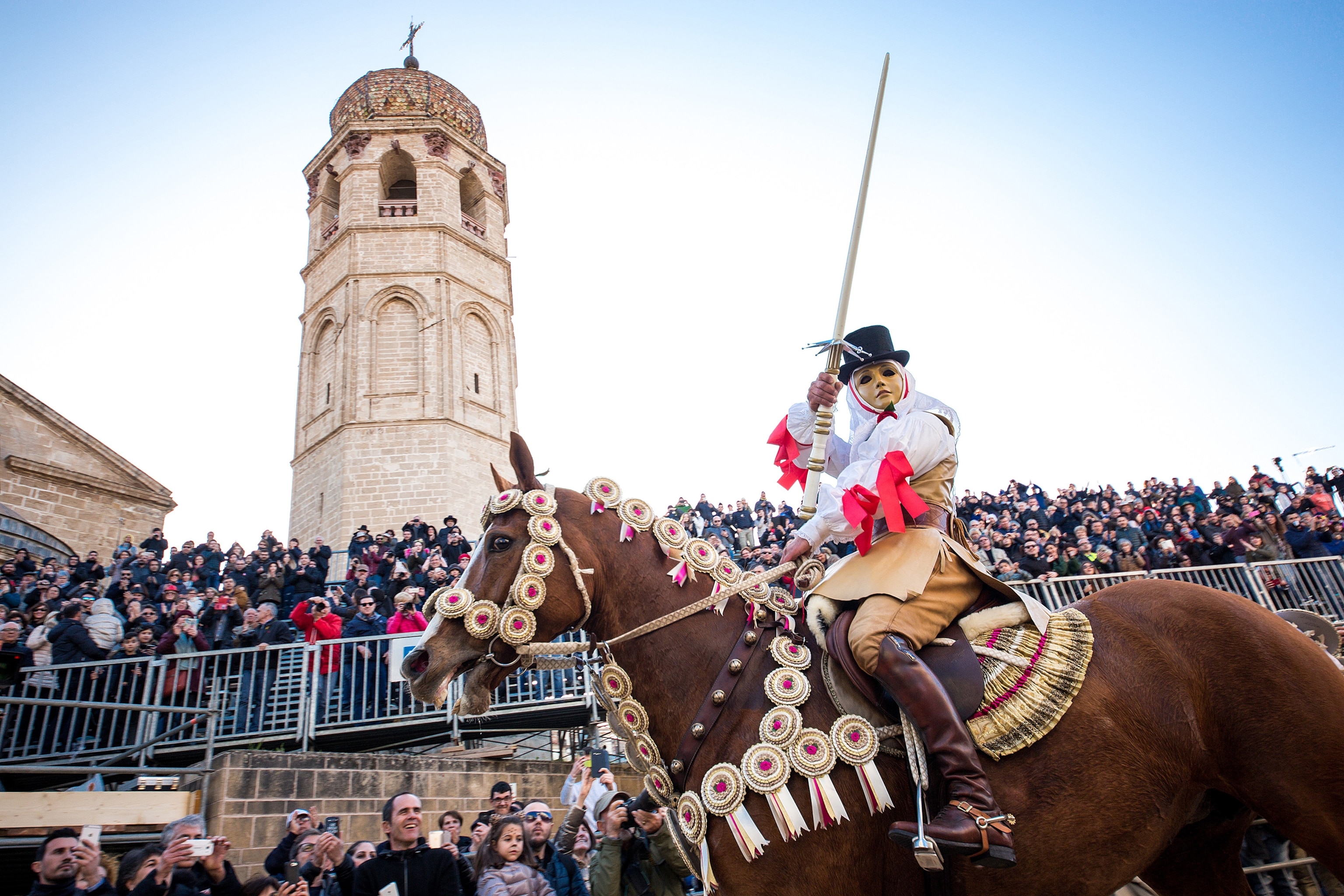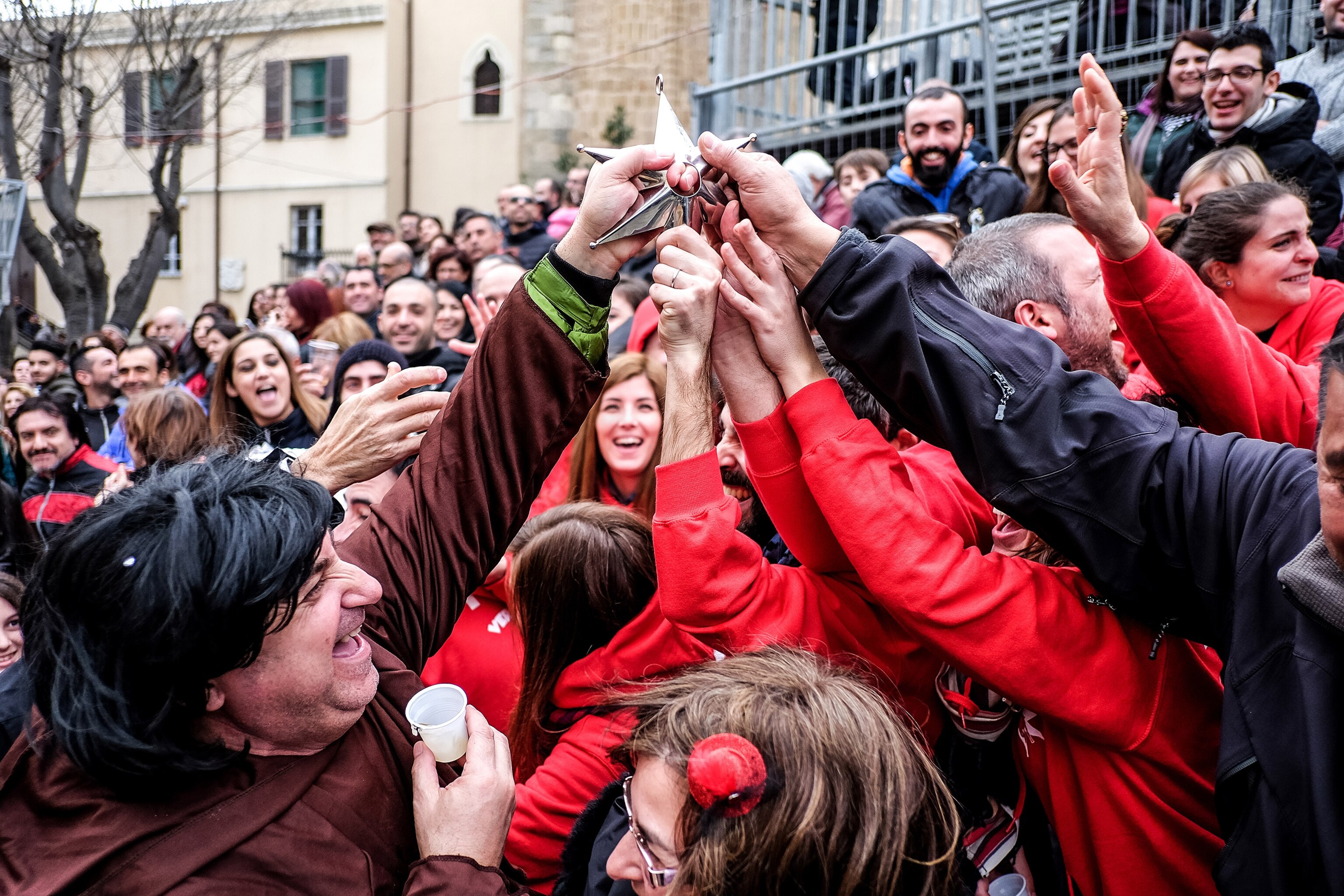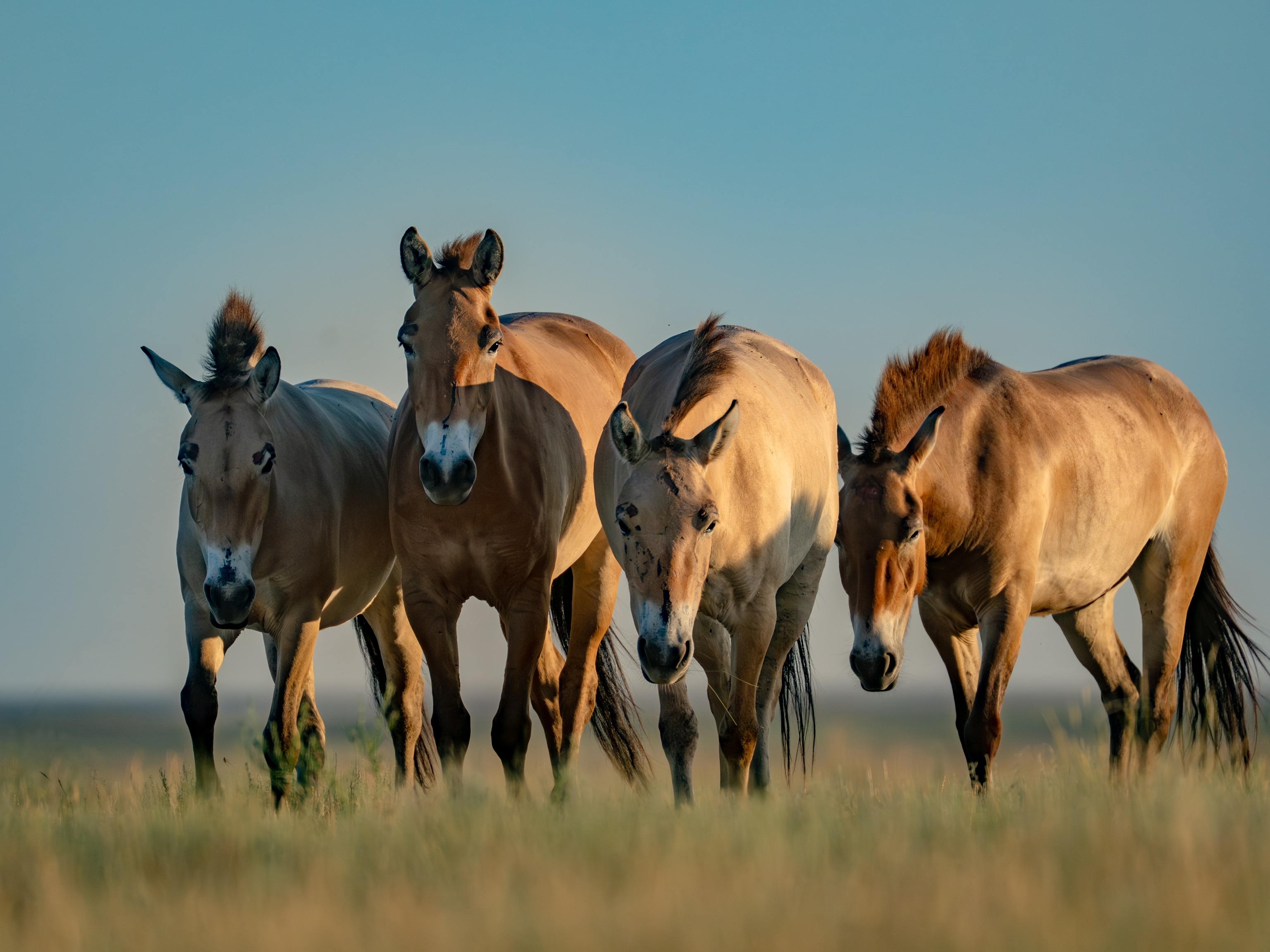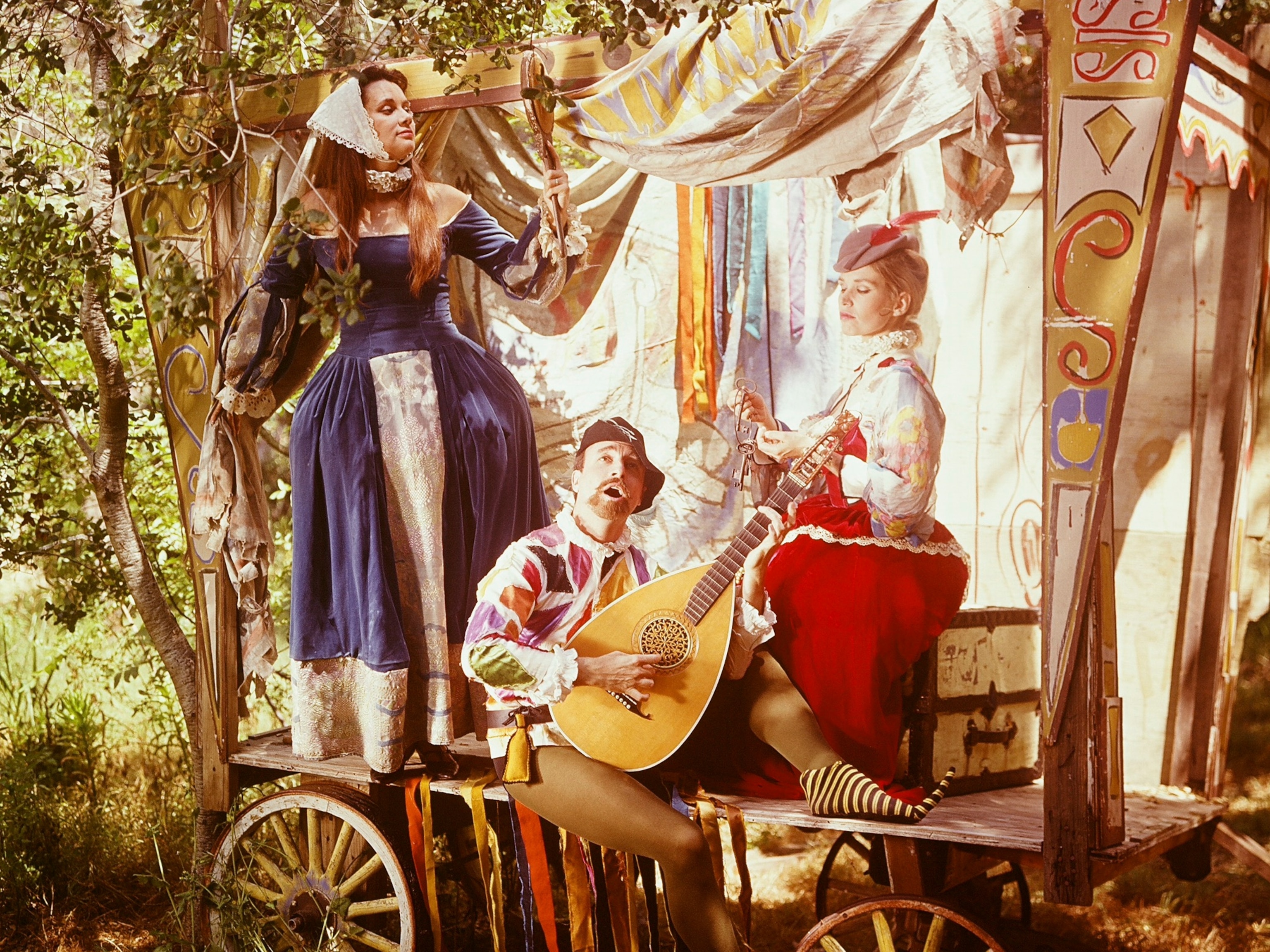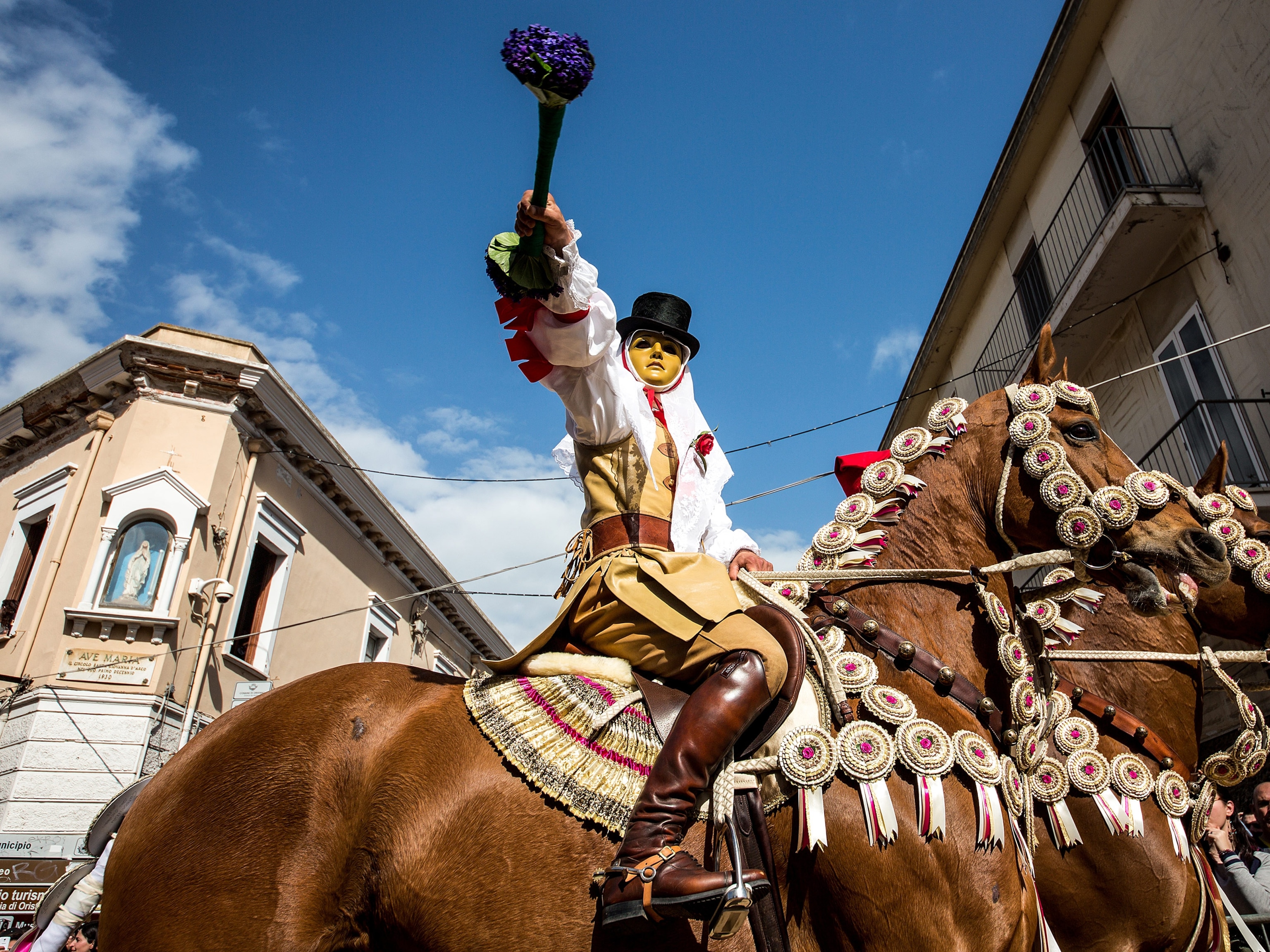
This Mysterious Medieval Tradition Lives On Today
Faceless horsemen perform acrobatic stunts during the annual Sa Sartiglia festival, when old tradition enters modern time.
Every year, a troop of horsemen wearing frightening doll masks and frilly clothes gallop past cheering crowds lining the otherwise sleepy city of Oristano on the Italian island of Sardinia. A mosaic of symbols deeply rooted in this centuries-old Sardinian tradition surround the riotous jousting, equestrian shows, and acrobatics underneath steepled churches in the old city. Celebrating contradictions, the three-day festival of Sa Sartiglia pushes medieval spectacle into modern times.
Sa Sartiglia falls between the last Sunday of Carnival and Shrove Tuesday, ushering in spring. The frenzy of Carnival season encourages overindulgence and transgression before Lent’s sober time of prayer and penance in the weeks leading up to the Easter holiday. Here in Oristano, the spectacle begins with the flourish of trumpeters riding horses iced in flowers, before quiet maidens sew the protagonist of the event, the Su Componidori, into costume. The chosen figure, after dressing, must mount his horse without touching the ground before leading the other competitors in the upcoming challenges and games.
Following this leader, other blank-faced participants wearing puffed sleeves and starched cuffs gallop forward, attempting to pierce a dangling tin star along the way. If he manages, the upcoming harvest is ensured, as legend goes. Jousting tournaments take place Sunday on the flower-strewn streets to the glee of the gathered crowds. The festival climax includes an acrobatic spectacle when a human tower of three riders balance precariously over carefully choreographed horses.
Born and raised in Oristano, photographer Michele Ardu never misses participating in Sa Sartiglia alongside the rest of his community, attracted to the adrenaline-fueled, timeless atmosphere. Looking deeper than the overt fun, Ardu notes a distinct balance between holy and profane: “Imagine that, in a firmly-Catholic, rural island, a masked knight, Su Componidori, can bless the people. Anywhere else, perhaps [even] in Italy, this fact will surely look as a blasphemy; but not in Oristano, where Su Componidori is really regarded as a mystical, mythological, demi-divine figure.”
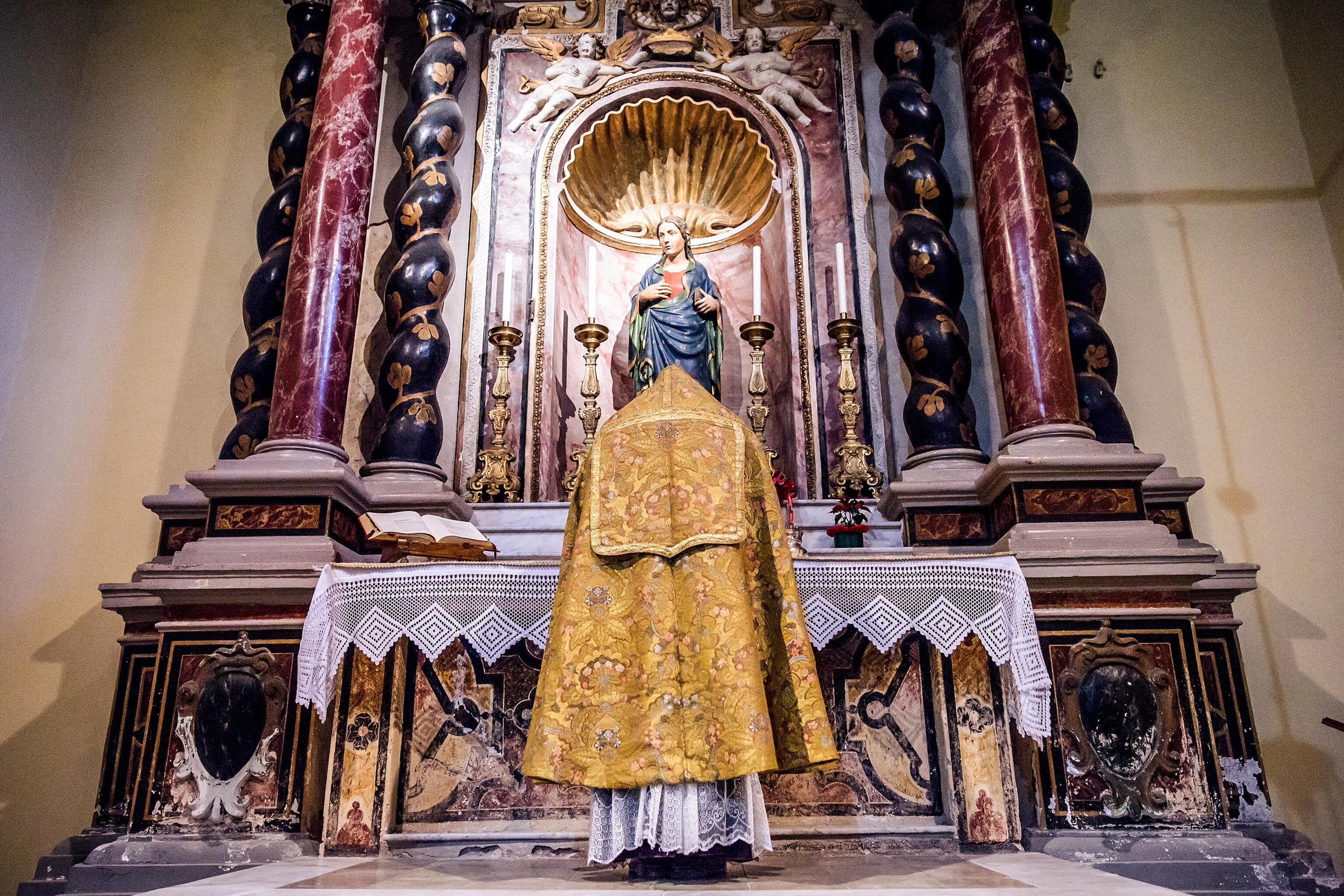
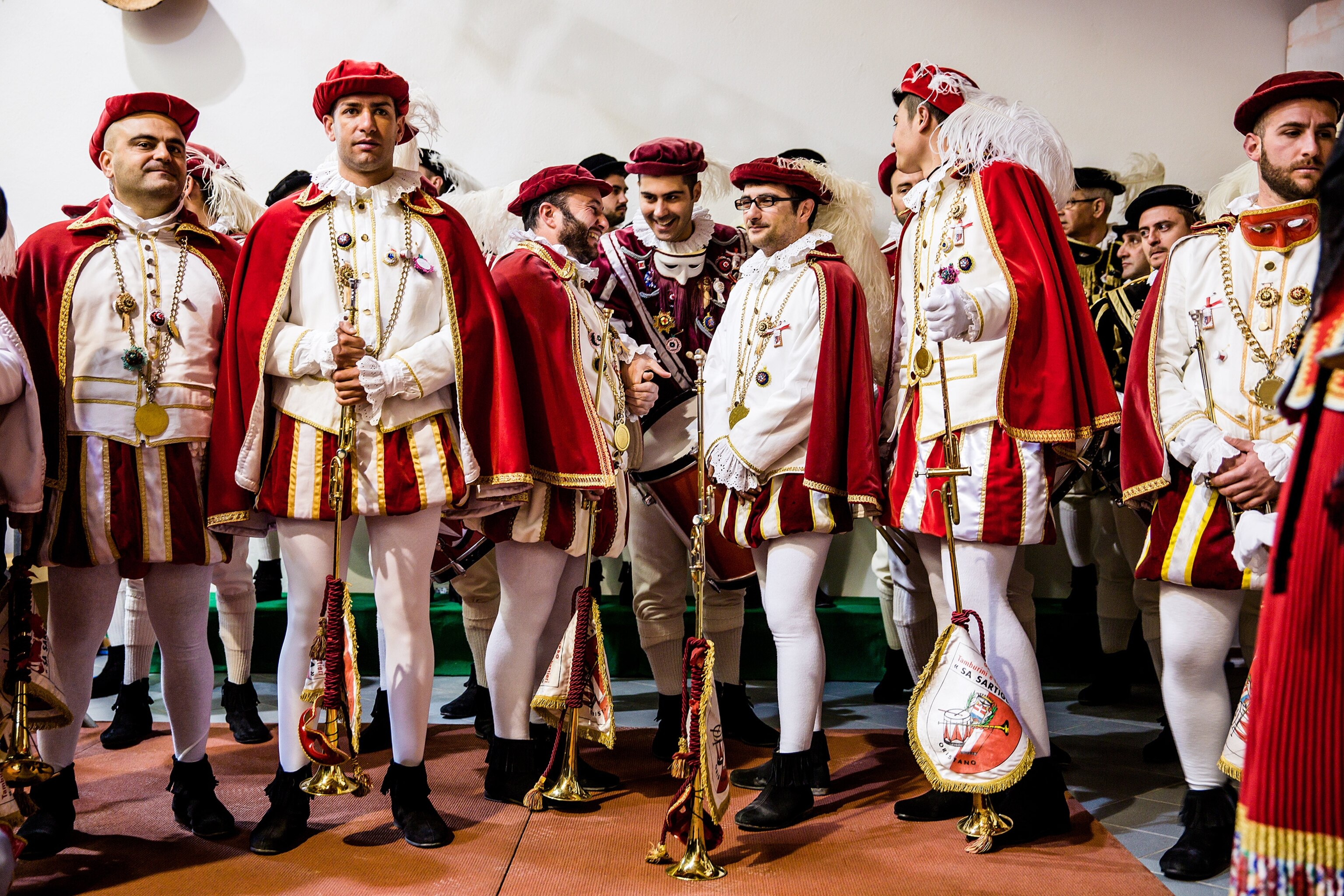
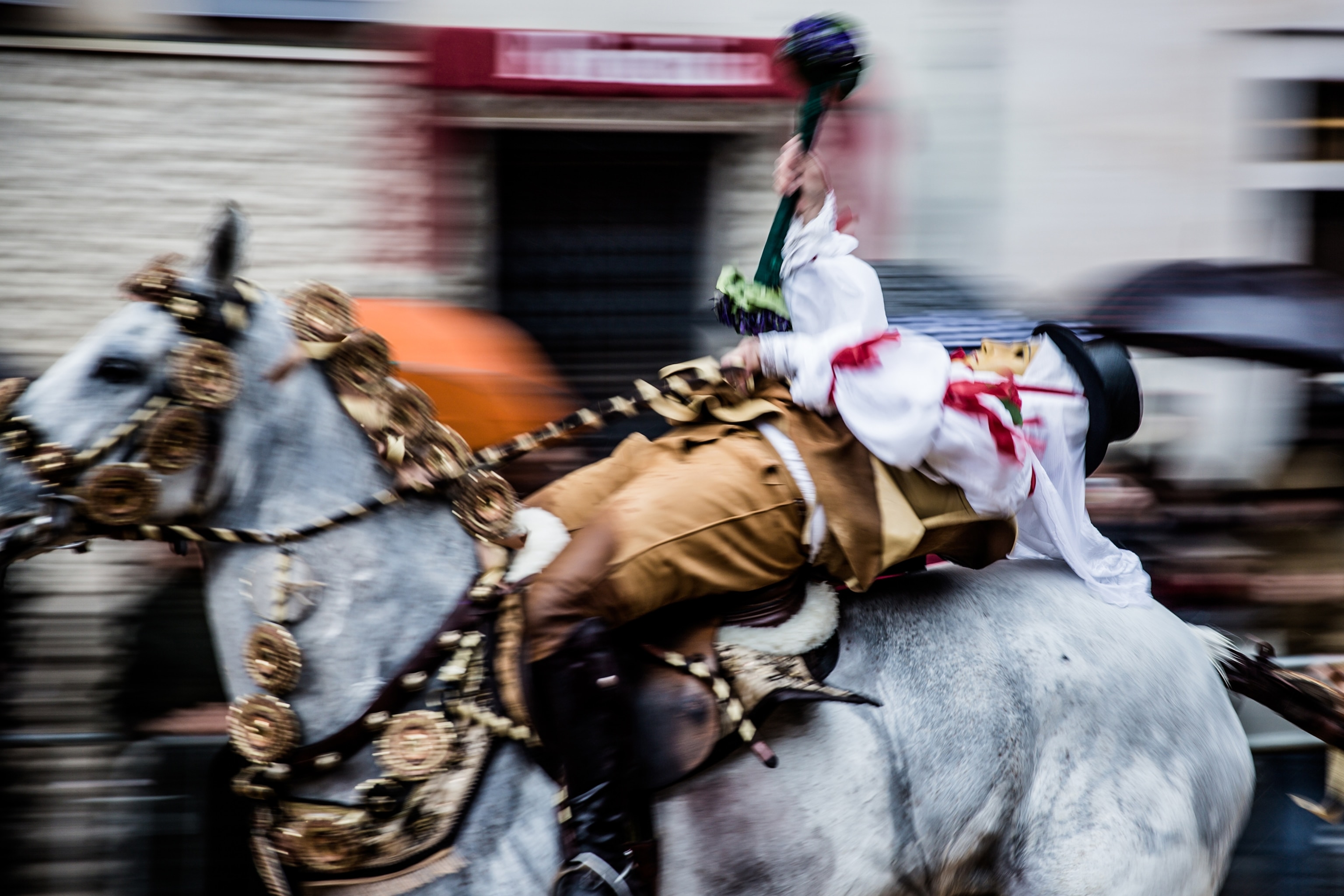
Depending on whom you ask, origins could be linked to tournaments of knights on the Second Crusade. During the period of Spanish domination, similarly theatrical feasts were held for ruling knights. Other festive events take place during Carnival season in the weeks before Easter—but roots reach older than Christianity to Ancient Greek and Roman pagan rituals, as well as folklore that colonized groups passed on in order to preserve their culture.
“These rituals go back to pre-Christian times and are still celebrated all over the Mediterranean, not only in Sardinia,” explains Michelle Hobart, medieval historian and author of the definitive book of Sardinian history. “Sardinia is unique in how it has preserved many traditional and communal activities that bring together the village or city, thanks to its isolation.”
Tourists can participate in these traditions, still vibrant today. Just toast the riders good luck in their quests with local Vernaccia di Oristano, a very rare and unique wine made in Sardinia since the Nuragic times, or around 1500 B.C. According to Sardinian wine expert and tour guide Anna Maria Fara, tourists should try to make friends with riders to join smaller groups in the stables to sip Vernaccia before the competition begins. Otherwise, stands line the squares selling glasses to the gathered crowds. Visitors and locals alike get swept away by the spirited event, filled with rituals that speak to Sardinia that stands still in time.
- National Geographic Expeditions
Sardinia Beyond Sa Sartiglia:
Any time of the year proves worth the trip to enjoy Oristano’s culinary scene, "which combine, in typically Sardinian tradition, the best produce from land and sea, and the [opportunity] to rediscover the pleasure of purchasing local produce in small family run shops," says Marzia Bortolin of the Italian National Tourism Board. Tour around with expert guide Anna Maria Fara through area vineyards and local producers of pecorino, olive oil, and other regional specialties. Then burn it off by strolling the narrow historic lanes of the old city, past storied churches and open piazzas. A short half-hour drive leads to the surrounding Mediterranean Sea.
Michele Ardu is a photographer based in London. Follow him on Instagram @michelearduphoto.
